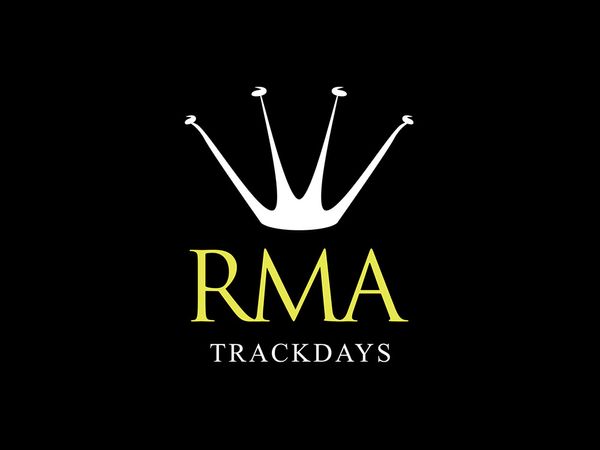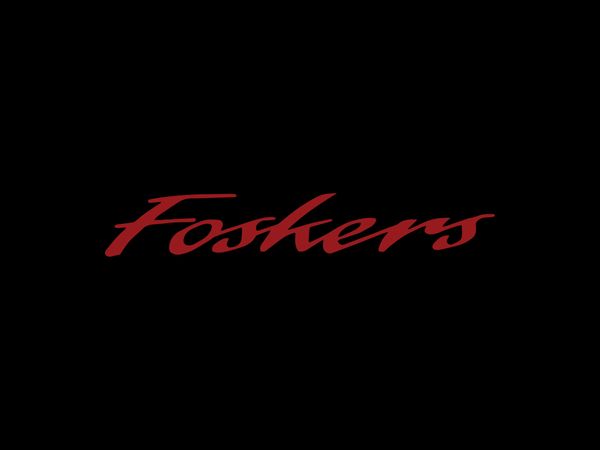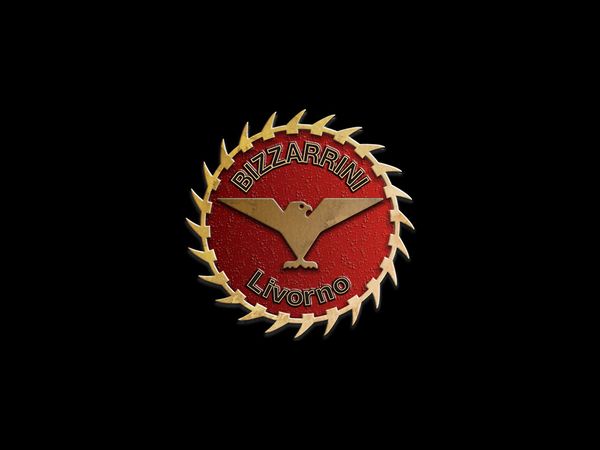Ex-Works, Ickx, Reutemann, Stommelen, Monza, Nürburgring and Imola 2nd places
Est: US$1,700,000 - US$2,200,000
Chassis no. 11512.007
Engine no. AR11512*007*
2,995cc DOHC Flat 12-Cylinder Engine
Lucas Fuel Injection
500bhp at 11,000rpm
5-Speed Manual Transaxle
4-Wheel Independent Suspension
4-Wheel Ventilated Disc Brakes
*Ex-Jacky Ickx and Jacques Setton Collections, three owners from new
*Present ownership for 17 years in a prominent stable of Italian Cars
*Sympathetically upgraded to improve reliability, race ready condition
*Authentic and largely unrestored example with patina of age
*Preserved through a handful of collections since career ended
THE ALFA ROMEO TIPO 33
Alfa Romeo withdrew from top-class international racing at the end of the 1953 season, when its team of sports-racing coupés was led by Juan-Manuel Fangio. A period of relative inactivity followed, but in 1964 Alfa established Autodelta, an autonomous competitions department under the direction of Ing. Carlo Chiti. At first Autodelta ran modified production cars and special editions which were based on production components. Then, for 1967, Alfa Romeo and Autodelta jointly produced a bespoke sports-racer, the Tipo 33, keeping that designation even though it ran through a wide variety of engines and methods of chassis construction over the course of the succeeding decade.
The Tipo 33 began with a 2.0-litre V8 in a tubular chassis, progressing via a 3.0-litre V8 in a monocoque, before ending its career with a 3.0-litre flat-twelve in another spaceframe. The T33/2's debut season was notably inauspicious: of the three endurance classics entered - Sebring 12 Hours, Targa Florio and Nürburgring 1,000km - only one resulted in a finish, Roberto Businello and Teodoro Zeccoli bringing their Tipo 33 home in 5th place in the latter event. Happily, 1968 would turn out to be an entirely different story. Its reliability problems sorted, the T33B-2 scored a resounding 1, 2, 3 finish in the 2-Liter Prototype class at Daytona, which was followed up by further class wins in the Targa Florio, Nürburgring 1,000km and at Le Mans.
While the 2.0-litre T33/2 was competitive in its class, it was seldom able to challenge for outright victory, a shortcoming Alfa addressed with the 3.0-litre T33/3. The T33/3 proved similarly unreliable at first, though by the end of the 1970 season its promise was beginning to be fulfilled. 1971 would bring the T33/3 its first outright victories: in the BOAC 1,000km at Brands Hatch (Pescarolo/De Adamich) and the Targa Florio (Vaccarella/Hezemans), but on most tracks the superior power of the 5.0-litre Porsche 917 held sway and the World Championship went to the German manufacturer.
The change to a 3.0-litre formula for sports prototypes for 1972 should have seen the T33/3 ideally placed to secure its first World Championship, but Ferrari came up with the 312PB and Alfa once again had to settle for 2nd place. Retiring, temporarily, to lick its wounds, Alfa Romeo returned in 1974 with the flat-twelve-engined Tipo 33 TT 12. The season began at Monza where Mario Andretti, partnered by Arturo Merzario, led an Alfa Romeo 1, 2, 3. Matra took the World Championship that year, but Alfa Romeo were close behind and the following season their effort was masterminded by Willi Kauhsen's team. The Tipo 33 TT 12 took wins at Dijon, Monza, Spa, Watkins Glen, the Osterreichring, the Nürburgring and the Targa Florio, winning the 1975 World Championship to crown a nine-year racing career.
The Tipo 33 TT 12-cylinder was the most successful variant of the Tipo 33, and ahead of that FIA World Championship for Alfa Romeo that year, the car's potential was evident when they debuted the updated series for the 1974 Season.
THE MOTORCAR OFFERED
The car offered here today was a key part of that uniquely successful team, it carries an uncompromised and simple chain of ownership ex-Works and retains a high degree of originality and remarkably for a race car a strong element of patina to its aesthetics endorsing that authenticity.
'007' is well documented in the acknowledged bible for these cars, 'Alfa Romeo Tipo 33 Racing and Development' by Peter Collins and Ed McDonough. On those pages and supported by other sources of history it is acknowledged that its racing career can be charted as follows: The car debuted at the 1000kms of Monza on April 25, 1974, where it was driven by Jacky Ickx and Rolf Stommelen, in a race dominated by the revised 12-cylinder cars, Arturo Merzario and Mario Andretti won, with Ickx and Stommelen in this car coming home second, ahead of Carlo Facetti and Andrea de Adamich for a true 1-2-3.
A month later on May 19, the three cars competed at the 1000kms of the Nürburgring, this time 007 repeating its 2nd placing, on this occasion driven by Stommelen and Reutemann but leading the results, ahead of Facetti and de Adamich in 3rd, and Merzario now partnered by Brian Redman who placed 9th. Two weeks later and back on home soil again at Imola, it was up Stommelen and Reutemann again in this car to lead the positions with when the 'lucky 007' car placed 2nd – the timing clerks may have thought 'we've been expecting you 007' at this point! Autodelta would not field an entry at the Le Mans 24 hours that year, but were active again at the Osterreichring on June 30, but there their luck would run out when Stommelen and Reutemann they failed to finish, and it was Facetti and de Adamich's turn to wave the 2nd place banner, with Ickx returning to the cockpit with Merzario and Vittorio Brambilla to take 5th.
A pair of cars were flown to Watkins Glen, where they were expected to run the 6 hours and Can Am race on the weekend of July 13/14, 007 being one of those. As it turned out, a crash in practice prohibited this, with Merzario being the only car fielded in the Can Am race, bringing that car home in 8th.
For the 1975 season, 007's career was more of a supporting act, only running in the Targa Florio with Casoni and Dini in July but failing to finish for Autodelta. Interestingly at this juncture, according to Collins/McDonough, Autodelta and confirmed in recent dialogue with Jacky Ickx the car was gifted to him at the end of the season, as other manufacturers Matra and Ferrari had similarly done with for him, a measure of his impact on their teams. In the early 1980s all of these cars were traded into the burgeoning collection of Jacques Setton, in France. At this point Setton's huge wealth was coming from importing Pioneer 'Hi-Fi's to France, and when it came to sports racing and competition cars, his collection was rapidly becoming second to none, indeed at one point it included the Fangio Mercedes-Benz W196R Single Seater with which Bonhams broke the outright public auction record for any car at $30m in 2013. The collection was immortalized in a book 'Une Collection d'Avance' – 'a collection in advance' or 'of the future', which it most certainly was. Simply put, Setton bought the best of the best and it can be no surprise that for this make and model he chose this car.
When Jacques Setton's tastes changed and he began to disperse his collection and focus on other pursuits such as yachts, the cars were selectively sold through dealers, this being entrusted to respected London house, Gregor Fisken. It was there that the current owner acquired the car in 2005.
It is hard to imagine as passionate and knowledgeable a racer and collector of Italian cars as this custodian. In its early ownership it was sensitively race prepared once again and has continued to be campaigned, with careful performance upgrades to ensure its stamina. Of particular note, the fragile magnesium timing cover has been replaced, and cooling radiators reworked to provide maximum efficiency.
Viewed today, the car is fascinating to inspect as it would appear to have never been totally restored and many of the finishes reflect the age of the car. Recently exercised at Lime Rock Park alongside the Testa Fissa 6C 1750 in this same sale, it is clear that the TT33 must have looked like a spaceship in its day by comparison, and to some degree it still does! It also sounds as if it could launch itself to space, and yet the reality is that these cars are eminently raceable, tractable beasts which can be run by qualified privateers such as the present owner.
Aside from their importance as cornerstones in the Alfa Romeo racing story, the opportunities to use these cars continue to develop and are likely to increase, with eligibility for events such as the Le Mans Classic and at historic racing events like the events at Laguna Seca this weekend.
Spending more than a third of its life in the present ownership, and with only two other famed carers since its racing days, this is an exceptional example deserving of continuing its career in major collections and on the track.
Sold on a Bill of Sale
THE QUAIL AUCTION
19 August 2022, 11:00 PDT
Carmel, Quail Lodge & Golf Club
Text & Image: Bonhams



























